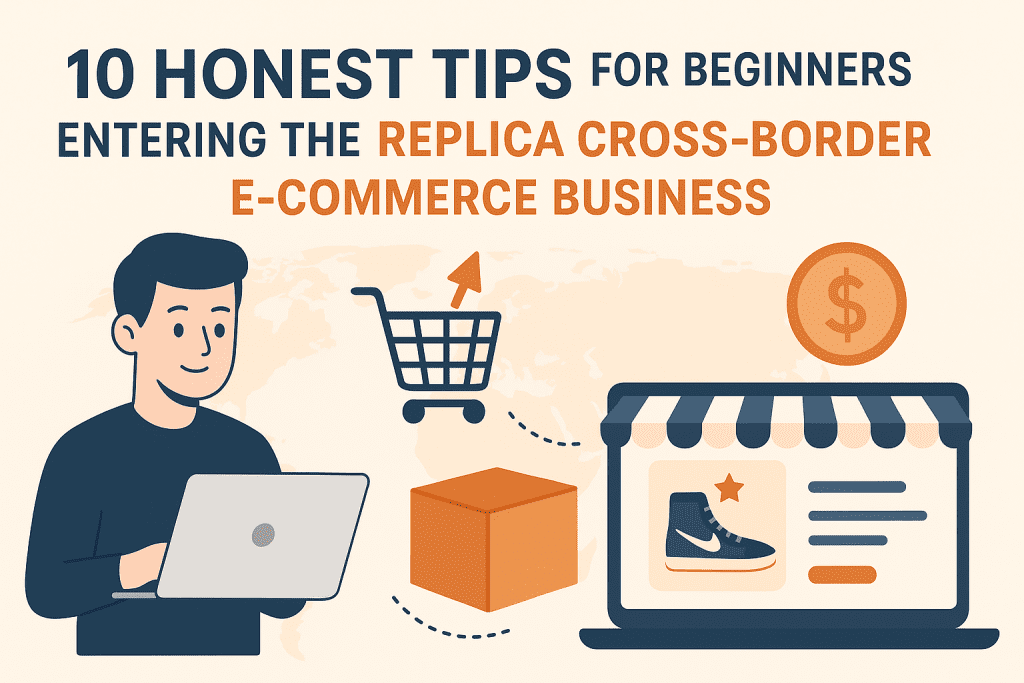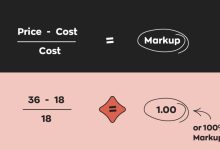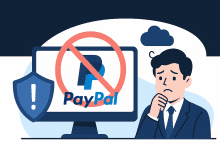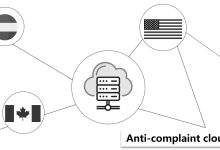Recently, many beginners who are considering entering the cross-border e-commerce industry often encounter similar questions. Marcus Steele has listed some key points here for your reference.

1. Is it too late to start cross-border e-commerce now?
You could say it’s “late” because the wild-growth period ended years ago. But you could also say it’s “not late” because, compared to traditional industries that are overcrowded, this industry is still young—around 20 years old.
However, the number of sellers is large, and competition is fierce. You must carefully evaluate market trends, competition, and your own resources to create the right strategy.
As Marcus Steele always says: “There are opportunities at any time. The rougher the seas, the more valuable the fish.”
2. What’s your core advice for newcomers?
Pick a niche market and a unique path—such as the replica cross-border e-commerce segment.
The entry point is critical. Avoid taking the same road as everyone else—those paths are already dominated by capital and large players.
If you start with mainstream routes (for example, selling generic products on Amazon) without at least tens of thousands of dollars and strong operational skills, your chances of survival are slim.
Start light, avoid blind investments, remain flexible, and go deep rather than wide. Choose a pace and market strategy that suits you and stick with it.
3. What entry points are suitable for capital-backed players?
If you have strong capital, almost everything is possible. Use your financial resources to leverage “money making more money.” Platforms like Amazon and branded Shopify stores are mature ecosystems worth exploring.
4. What about entry points for small-budget players?
For solo sellers or small teams with limited funds and low risk tolerance, making your first profit is the top priority. Without it, dreams of “building a brand” are meaningless—you won’t survive long enough to see them through.
Choose a track that allows you to leverage small resources for bigger returns. Sometimes, even a slightly “edgy” niche like replica products can be a realistic survival strategy. For small sellers, this can be a rare chance to turn the tide.
5. Can individuals run a cross-border e-commerce business?
Absolutely. Many successful sellers started as individuals—especially in the replica niche, where most sellers are solo operators, couples, or small teams. While resources may be limited, flexibility and execution speed are often much stronger.
Start small, focus on accurate product positioning, and scale up as you gain experience and capital.
6. Is cross-border e-commerce really profitable?
Yes—some people earn substantial income. But it’s far from guaranteed. Success requires a competitive edge.
Like any industry, the “3-7 rule” applies—only a minority will succeed. Still, compared to traditional retail or food service, cross-border e-commerce offers more opportunities if you have the right operational model.
Earning $10,000–$20,000 per month is possible, but mostly for those running their own stores. Employees rarely achieve that unless they generate massive profits for their employers—at which point, they might as well run their own business.
7. Is the work hard?
It depends on your definition of “hard.” Office jobs aren’t automatically easy, and running a business isn’t automatically exhausting—it’s about your mindset.
That said, cross-border e-commerce involves many detailed steps—product selection, listings, optimization, traffic generation, logistics, after-sales service—none of which can be skipped.
If you’re working for a company, these tasks are usually divided among team members, making the work more mechanical. But if you’re running your own store, you may find that even the hardest work feels worthwhile.
8. Can I succeed if my foreign language skills are weak?
Yes. Poor language skills are rarely a dealbreaker nowadays—translation tools make communication easier than ever.
For example, some sellers ship replica sneakers from Putian to Europe without speaking Spanish, Italian, or French—Google Translate plus good product photos and videos can go a long way.
9. How much should a beginner invest?
If money isn’t an issue, the more the better. Otherwise, for individuals or small teams with limited funds, keep your starting budget under $5,000 USD.
Avoid large upfront investments and focus on cash flow management. Start small, test the waters, and expand only when you have proven results.
10. What’s the 2025 outlook for cross-border e-commerce?
In 2024, “full-managed” services became common on platforms like Amazon, squeezing operational space for many sellers.
Survival in 2025 will depend on your operational moat—how strong your product differentiation, customer base, and repeat purchase rate are.
Focus on:
-
Product: Differentiated or slightly edgy (replica can be one such edge).
-
Private traffic: Build your own customer loop and retention system.
-
Repeat purchases: Keep high-value customers coming back.
Fine-tuned supply chains, traffic channels, and operations will be non-negotiable.
Final thought: Opportunities exist in every era. Choose the right product and the right direction—these are the first steps toward success in 2025’s cross-border e-commerce world.
 Custom E-commerce Solutions for High-Quality Designer-Inspired Fashion Replicas | Website Development, Dropshipping, Payment Integration for PayPal and Stripe, Ad Cloaking Services
Custom E-commerce Solutions for High-Quality Designer-Inspired Fashion Replicas | Website Development, Dropshipping, Payment Integration for PayPal and Stripe, Ad Cloaking Services




























![5 Best WordPress Themes for Replica Product International Trade Websites [Recommended]-Custom E-commerce Solutions for High-Quality Designer-Inspired Fashion Replicas | Website Development, Dropshipping, Payment Integration for PayPal and Stripe, Ad Cloaking Services](https://replicasmaster.com/wp-content/uploads/2025/06/1-1-220x150.jpg)